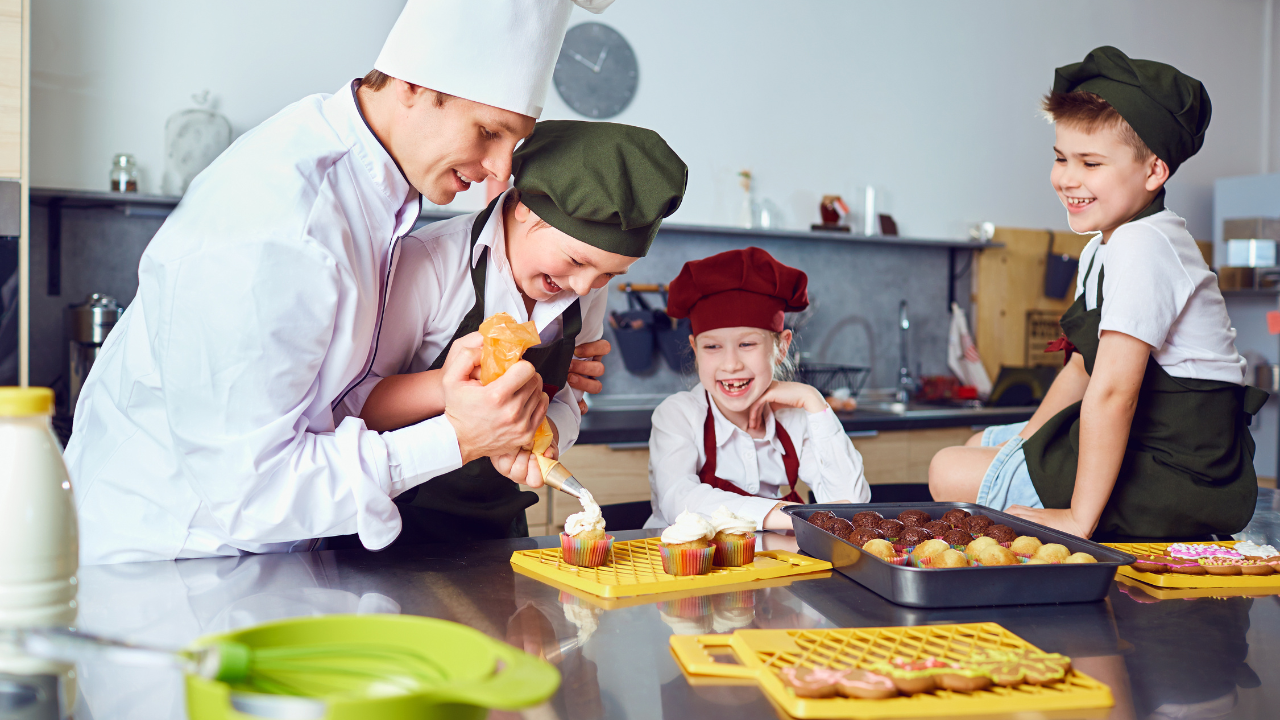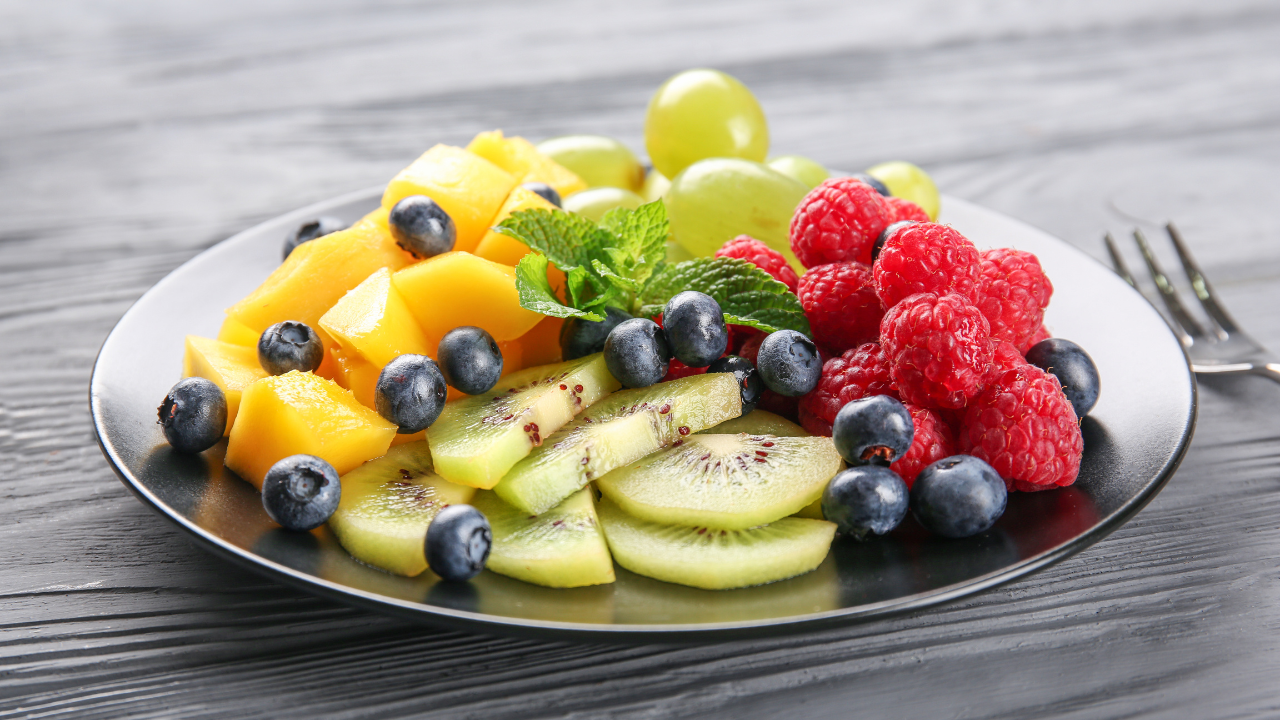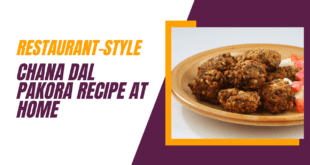If you run a restaurant or other food service operation, you are aware of how important food presentation is to Instagram restaurant promotion. Oxford University studies demonstrate that a well-presented meal improves the perceived worth of your meals by clients, enabling you to enhance your menu prices. Chefs use their artistic plate techniques to pique diners’ appetites even before they take a mouthful, skillfully arranging food to create complex texture and flavor combinations.
Continue reading to learn about plating methods, see a helpful plating video, and get the supplies you need to develop your own distinctive food presentation style.
Table of Contents
ToggleHow to Plate Food like a Chef

Although there are no hard-and-fast guidelines for food presentation, there are a few key ideas to remember when planning your meals.
- Keep in mind that your dish is your canvas.
- Utilize the rule of thirds when arranging food items.
- Utilize stimulants that pique the sight.
- Use the sauce as paint for your plate.
- Garnish to enhance both appearance and flavor.
Plating Techniques
Conceptualize plating as an art form: you are the artist; the plate is your canvas, and the food is your medium. Master the following plating techniques to perfect your craft.
1. Food Presentation Plate Techniques

The first step in presenting food is choosing the appropriate plate for your meal. To select the perfect plate for your meal presentation, take into account the following:
Plate Size: Your plate should be both large enough to showcase your meal and small enough to avoid giving the impression that your quantities are little.
Light vs. Dark Plates: To make your dish pop, use contrasting light and dark plates. The reason why white dishes are so popular is that they provide a contrast to foods with vibrant colors. Light-colored foods like creamy polenta or whitefish look stunning on dark plates.
Dish Color: The hue of a dish can either increase or decrease hunger. Serving appetizers on red plates encourages clients to order large entrees and desserts since red piques their appetite. Because there aren’t many naturally occurring blue meals, expert platers think blue crockery is unappealing.
Restaurant Style: Traditional plating styles go nicely with classic China tableware if you own a fine dining business. A modern gastropub should make an investment in distinctive plates with unusual forms to encourage the greatest amount of plating innovation.
2. Food Presentation Arrangement Techniques

The arrangement of your food affects the overall tone, dispersion of flavors, and structural integrity of your dish. The following are some of the key methods for arranging food:
The Rule of Thirds: According to this principle, your dish’s focal point should be on the left or right side of the plate rather than in the center. Make use of white space by framing your plate with the rim as your main point or points of interest.
Consider Your Plate as a Clock: Visualize the face of a clock as you arrange your ingredients. From the perspective of the diner, the ideal range for your protein is three to nine, your carbohydrate or starch is nine to twelve, and your vegetable is twelve to three.
Moist goods First: Place moist goods on a plate first, and then cover them with other foods to stop them from running. Slabs of meat can be angled against mashed vegetables, for instance.
Make Flavor mouthful Servings: Flavor bites are food portions that incorporate every component in your recipe into a single mouthful. Taste and appearance are two things that make a dish excellent, and flavor bites are no exception.
Combine Textures: Adding crumbled blue cheese to a steak or pairing a creamy vegetable puree with crunchy onion straws creates enticing texture combinations that are popular in upscale cooking.
My Personal Experience with Food Presentation
I’ve always been interested in the art of culinary beauty, or how food can be served in a way that appeals to our senses and senses. From a young age, I loved watching cooking shows and admiring the beautiful dishes prepared by the chefs. I wanted to learn how to do that, and make my food tasty and inviting. That’s why I decided to embark on a journey of exploration and experimentation with food presentation techniques. I faced many challenges along the way, including finding the right balance between form and function, choosing the best materials and equipment, and expressing my own personal style and creativity but having fun and very satisfied with the results of my efforts and the positive feedback I received from my family and friends. Feeding has become more than just a hobby; it’s fun and a way of life.
Conclusion
Food Presentation Mastery” has been a journey into the world of changing culinary aesthetics. From understanding the importance of visuals to adapting techniques for different dishes, this article equips home cooks and bloggers alike. Case studies and personal experiences highlight the universal appeal of this creative process. In closing, we embrace the art of food presentation, transforming each dish into a masterpiece that appeals to the palate and the senses. Good appetite !
FAQs
What is the importance of feeding?
The menu enhances the overall dining experience by influencing the taste buds and creating visually appealing dishes.
What factors contribute to feeding?
Colours, layout and design are important elements in creating an attractive and harmonious food display.
How can home cooks improve the quality of the food they serve?
Home cooks can improve their meals by finding easy recipes that balance aesthetics and flavor, turning everyday meals into culinary delights.
Why is it important for bloggers to be able to photograph food well?
Familiarity with food photography is essential for bloggers to effectively convey the passion of their submitted dishes, and capture the essence of the culinary creations.
Can the presentation be changed for different foods?
Yes, understanding and adapting the presentations to different dishes makes the dining experience authentic.
What can we learn from case studies of celebrity chefs?
Case studies provide valuable insights into what makes foods visually appealing and provide lessons for food professionals.
What was the personal experience described in the article?
The article shares a personal journey of experimenting with the menus, highlighting the challenges, joys and universal appeal of the creative process.

Meet Misha Mehboob, a passionate food enthusiast and computer science student from Sargodha University. Misha’s culinary journey is fueled by her love for exploring new flavors and experimenting in the kitchen.
At CrispyEatHub, Misha shares her creative recipes and practical cooking tips to inspire fellow food lovers on their culinary adventures. From quick weeknight dinners to indulgent desserts, there’s something delicious for every palate.
Join Misha as she combines her love for food and technology to create mouthwatering dishes that delight the senses and bring people together. Let CrispyEatHub be your go-to resource for culinary inspiration and delicious recipes that make every meal memorable.

